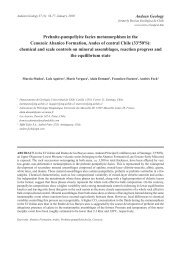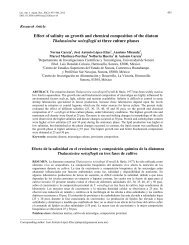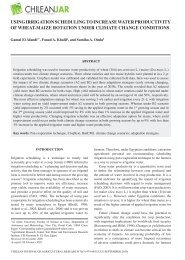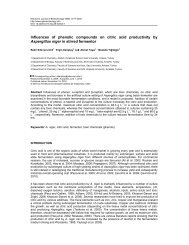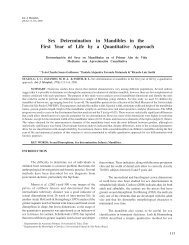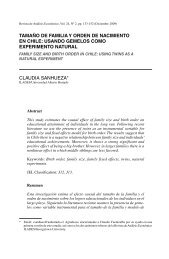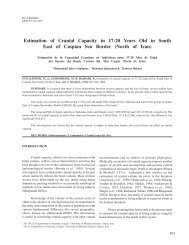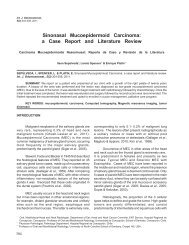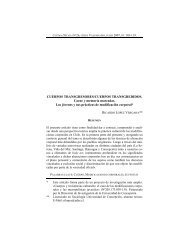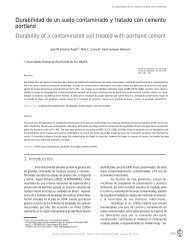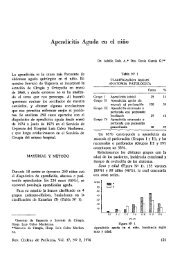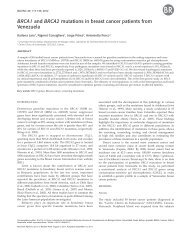(par) and global solar radiation transmittance t
(par) and global solar radiation transmittance t
(par) and global solar radiation transmittance t
Create successful ePaper yourself
Turn your PDF publications into a flip-book with our unique Google optimized e-Paper software.
R. OYARZÚN et al. - IN FIELD ASSESSMENT ON THE RELATIONSHIP BETWEEN….<br />
127<br />
Figure 2. Hourly <strong>global</strong> <strong>solar</strong> <strong>radiation</strong> <strong>transmittance</strong> (τ Sg) (open circles) <strong>and</strong> photosynthetically active <strong>radiation</strong> (PAR)<br />
<strong>transmittance</strong> (τ PAR) (filled circles) <strong>and</strong> daily averaged τ Sg (segmented line) <strong>and</strong> τ PAR (solid line) as determined from<br />
field measurements on the cherry orchard (panels A, B, <strong>and</strong> C) <strong>and</strong> corn (panels D, E, <strong>and</strong> F).<br />
dependant on the differential leaf optical properties,<br />
especially early or late in a day, since beam <strong>radiation</strong> is<br />
“forced” to pass through the canopies given the large<br />
zenith angle. Around noon, the proportion of incoming<br />
<strong>radiation</strong> (either Sg or PAR) that passes unobstructed<br />
through canopy gaps (either within or inter rows) is higher,<br />
reducing the effect of different optical properties of leaves<br />
for the different wavelengths <strong>and</strong> tending to make τ Sg <strong>and</strong><br />
τ PAR more similar.<br />
Performance of <strong>transmittance</strong> conversion methods<br />
The first step was to verify the validity of the 0.7 value<br />
for β, the ratio of extinction coefficients for S g <strong>and</strong><br />
PAR, as an expression of the effect of leaves optical<br />
properties. Thus, β was initially calculated considering<br />
for each hour only the below-canopy measurements<br />
positions, both for S g <strong>and</strong> PAR that were completely<br />
shaded by the plants. Since on July 7 (DOY 189) the<br />
corn foliage coverage was extremely low, this day<br />
was initially excluded from this analysis as it was<br />
impossible to characterize any measurement position<br />
as completely shaded at any time of the day. Despite<br />
some variability at certain hours, the general trend<br />
of the hourly values was normally around 0.55-0.75<br />
(Figure 3). Daily averages were around 0.65 (Table 2).<br />
It should be noted that all these values include, to some<br />
extent, the effect of plant <strong>par</strong>ts other than leaves such<br />
as branches, fruit (for cherry trees) <strong>and</strong> dead leaves, all<br />
of them affecting <strong>radiation</strong> <strong>transmittance</strong> conditions.<br />
Figure 3. Hourly variation in the ratio of extinction<br />
coefficients for <strong>global</strong> <strong>solar</strong> <strong>radiation</strong> (S g) <strong>and</strong><br />
photosynthetically active <strong>radiation</strong> (PAR) K Sg/K PAR<br />
for cherry trees (panel A) <strong>and</strong> corn (panel B) for the<br />
different days of measurements, considering only<br />
shadowed below-canopy positions.




